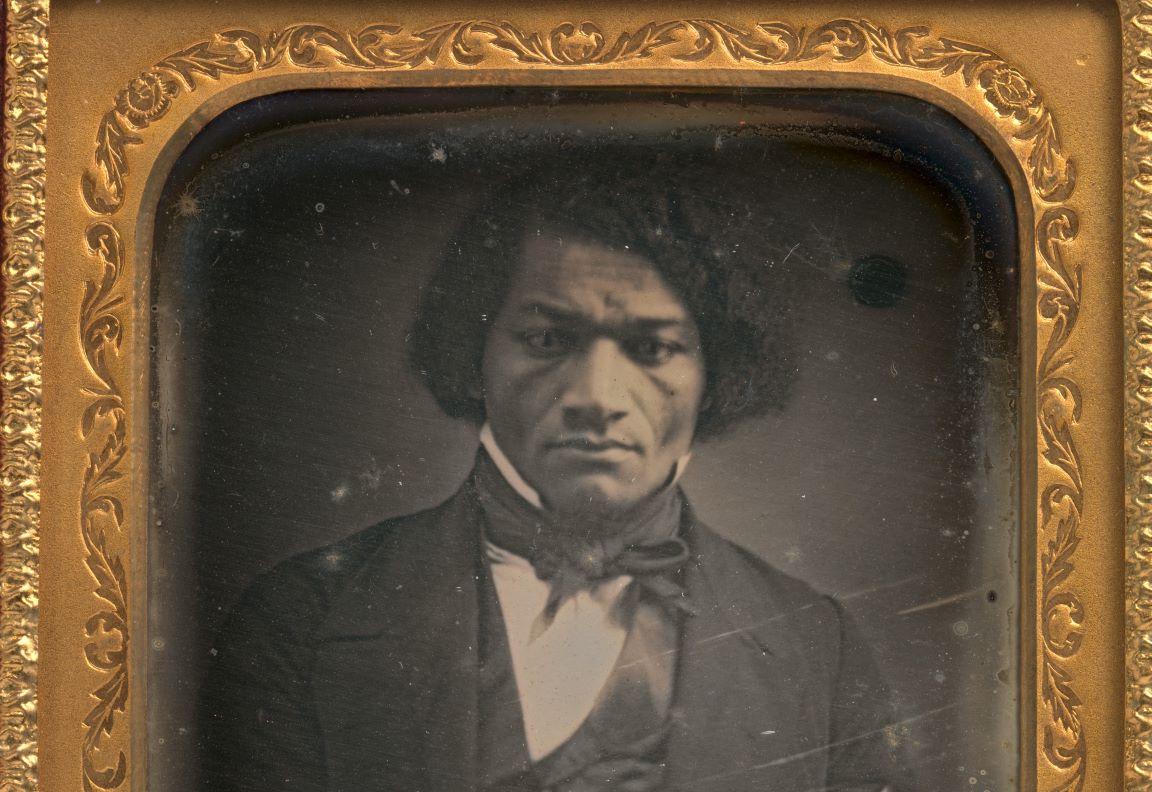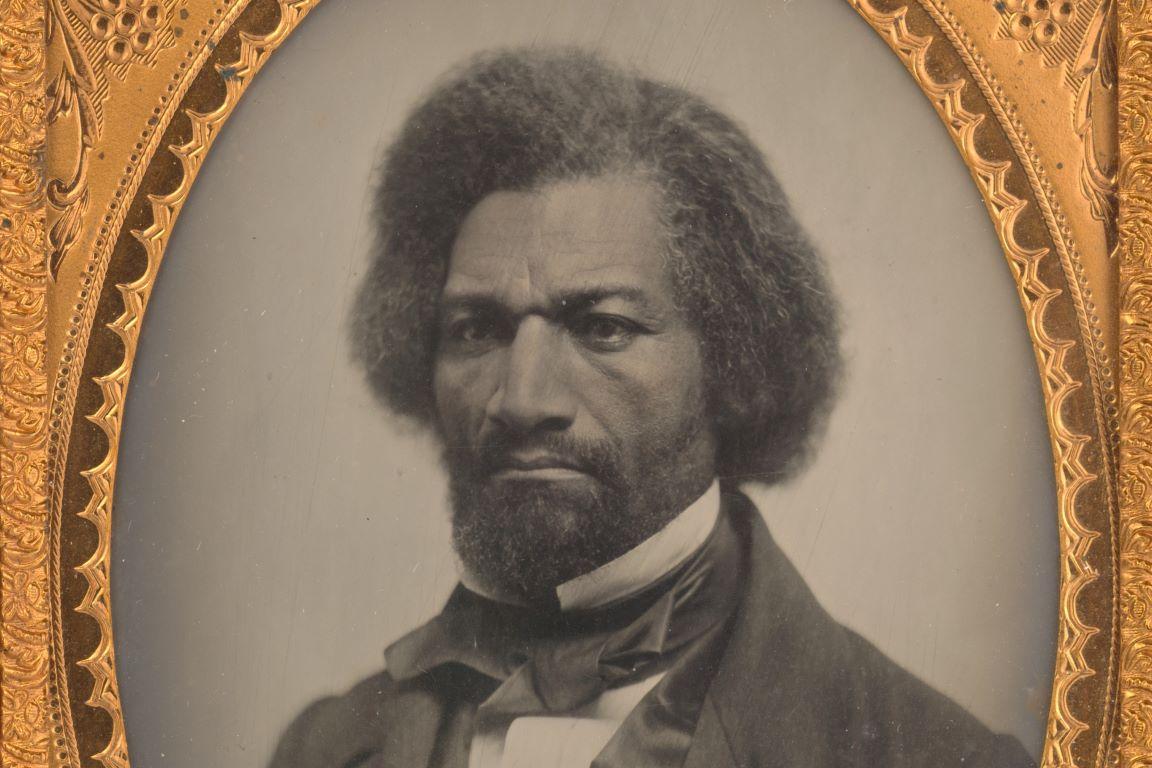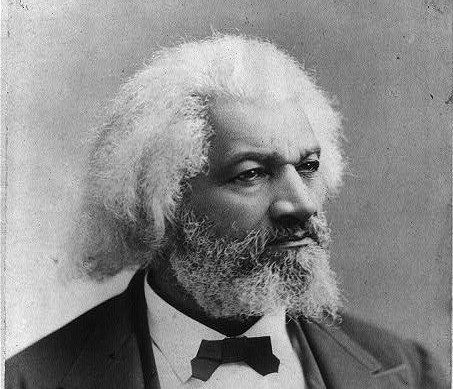The most photographed American man of the 19th century, Frederick Douglass fully utilized the daguerreotype and the recent invention of photography. By portraying himself as majestic and dignified, he made it undeniable for 19th-century viewers that he, an African American man, was a human being. This module examines how Douglass used the power of his image to challenge racist stereotypes of African Americans, and demonstrate the importance of representation. Students will analyze primary source images of Frederick Douglass.
Essential Question:
How does media and technology influence public opinion, and impact individual beliefs and attitudes?
Thinking Questions:
- How did the new technology of photography combat racism and negative stereotypes depicted?
- Why did Frederick Douglass intentionally have his photograph taken so often?
- Why did Frederick Douglass feel that photography could be a mechanism to end slavery and bring about equality?
- How did photography support democracy?
- How did Frederick Douglass use photography to retain a sense of humanity in the face of struggle?









